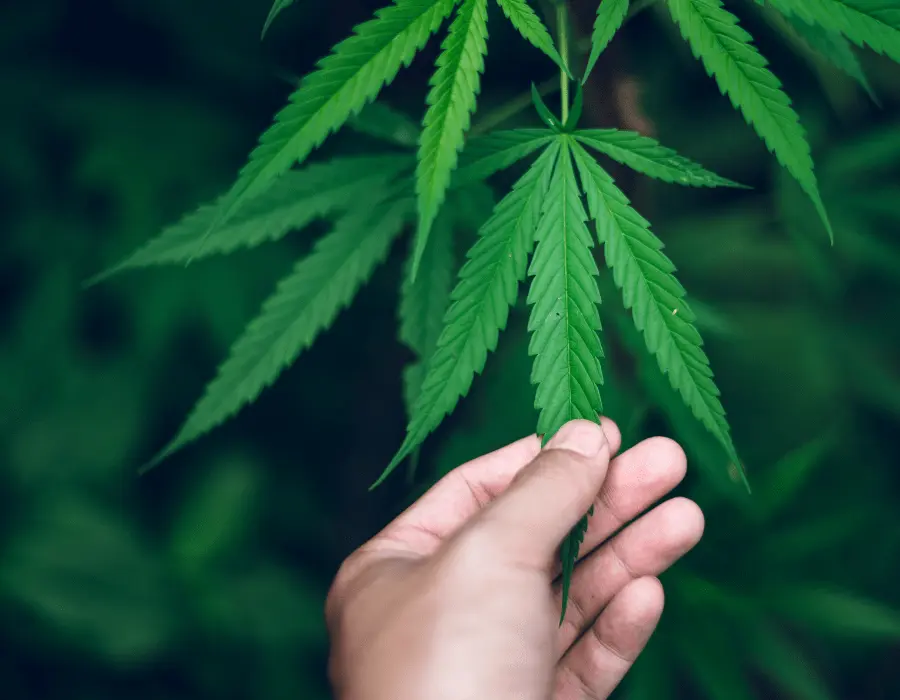Classifying a nutrient as essential for plant development requires three conditions:
1 . The nutrient must be directly involved in some manner with plant nutrition.
2 . The plant would die without the presence of the nutrient.
3 . The nutrient is unique, meaning no other element can perform the same duties within plant development.
When talking about essential nutrients for cannabis plant development, nitrogen, phosphorus, and potassium come to mind. These three primary macronutrients play distinctive roles as the plant progresses through its life cycles. While NPK ratios change during different growth periods, all three are necessary throughout a marijuana plant’s life.
Equally vital secondary nutrients, calcium, magnesium, and sulfur, each have critical roles in the complex plant development cycle from seed to harvest. In fact, many cannabis nutrient companies formulate Cal/Mag products as these two nutrients work favourably together.
Most growers generally turn to one of the primary or secondary nutrients if their cannabis plant shows signs of a deficiency or an overload. However, taking a closer look often reveals a lack of one or more vital micronutrients in the plant’s diet.
These lesser recognized trace minerals may seem like small potatoes compared to the macro and secondary nutrients simply because their contributions are on a much smaller scale.
Typically, they constitute less than 1% of the dry weight, and their physical input is in minimal quantities. However, each micronutrient has an essential role in cannabis plant development.
This article looks at each of the vital micronutrients a cannabis plant requires for optimal plant development and some symptoms of nutrient deficiencies a grower might encounter.
Boron (B)
Boron is a favourable contributor to cannabis plant growth. This functional element supports the structural integrity of cell membranes, helping to strengthen branches, stems, and foliage. Interestingly, B is very mobile in soil, moving into the plant’s root system as the borate anion BO3-3.
From there, it passes through the xylem during transpiration but otherwise is mostly immobile. Therefore, a steady diet of this necessary micronutrient is needed to support cellular activity. Boron is essential during all plant stages, particularly as the plant progresses from the vegetative phase into the flowering stage. It contributes to maturation, helping to structure cell walls for bud development.
While boron deficiencies are rare, it is easy to distinguish if a cannabis plant needs a B boost. New emerging leaves begin displaying distorted, twisted growth. In addition, they often become stunted, exhibiting brown or rust-coloured spotting. Boron deficiencies arise in drought conditions or if the substrate dries out frequently.
Chlorine (Cl)
Marijuana growers using plain tap water on their plants don’t have to worry about adding chlorine to a nutrient formula because most domestic water supplies already contain this essential micronutrient. In fact, many growers worry more about chlorine toxicity. However, cannabis plants need Cl to help transport ions and nutrients throughout the plant’s internal system.
Chlorine pairs up with potassium, increasing cellular osmotic pressure, which regulates the opening and closing of plant stomata. Furthermore, the crucial element helps regulate the hydration of plant tissue while assisting in oxygen flow, essential for cellular mobility in the plant’s root system and foliage.
While chlorine deficiencies are rare when applying tap water to marijuana plants, growers using reverse osmosis (RO) systems will need to add a small amount of this vital micronutrient to ensure plant health. Pale, wilting leaves are a sure sign of a chlorine deficiency. New growth will turn a light bronze colour before they shrivel up and die.
